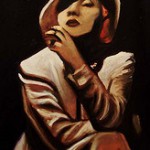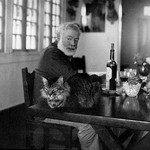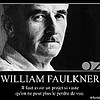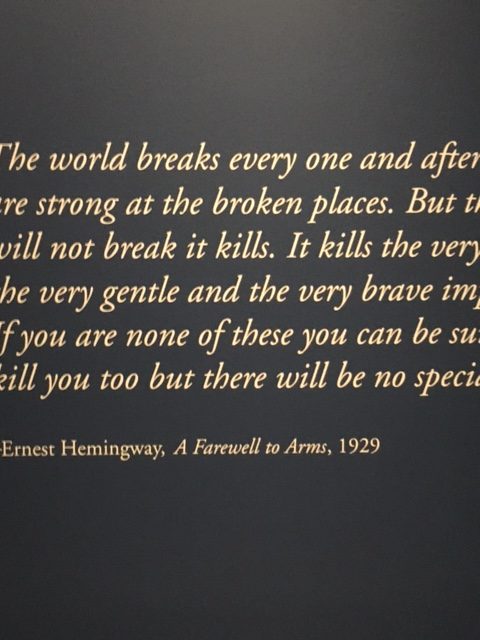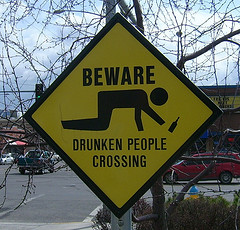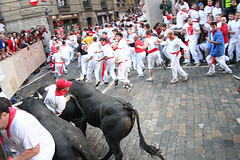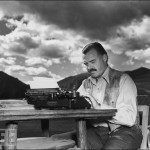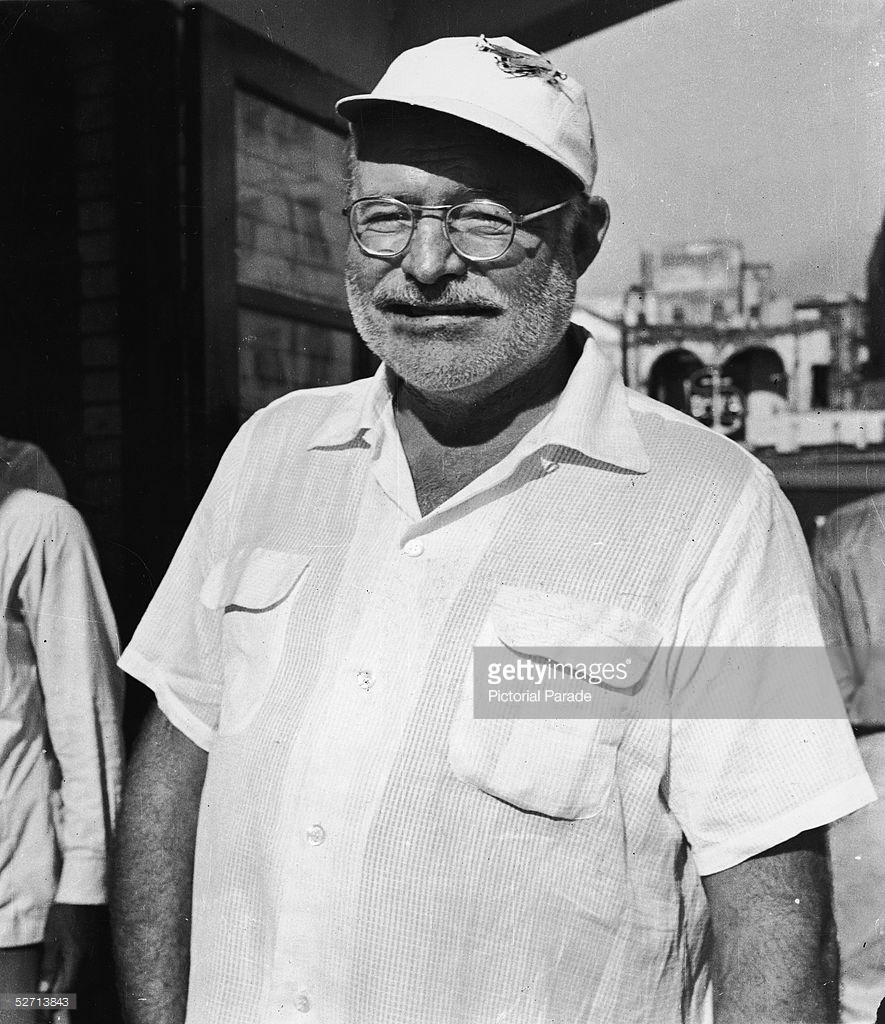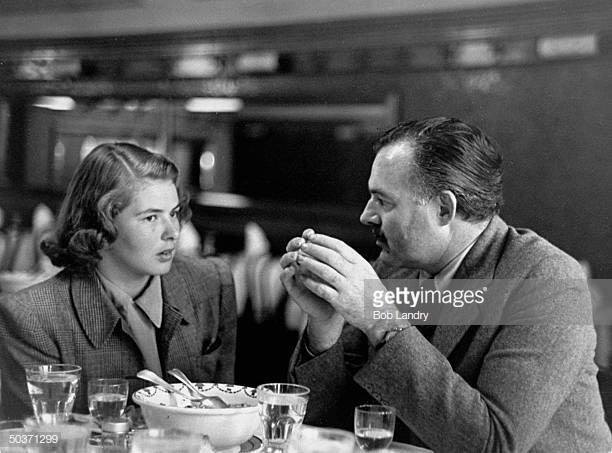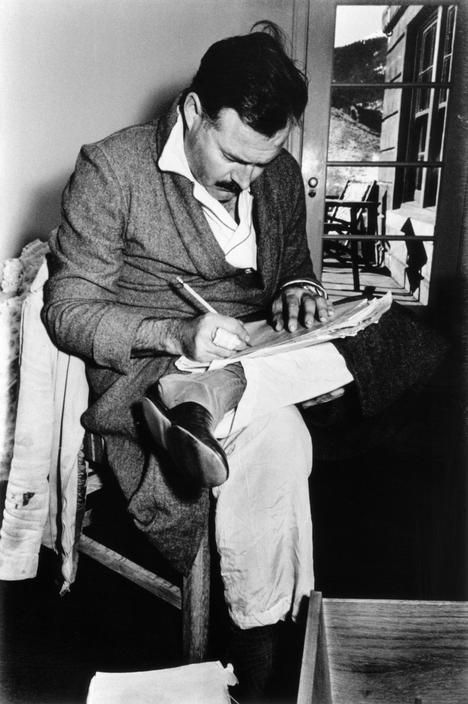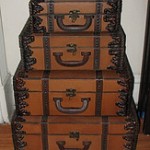The most essential gift for a good writer is a built-in, shockproof, shit detector.
― Ernest Hemingway
Hemingway was notoriously generous to young writers and fans seeking his input. A.E. Hotchner who became a good confidante and friend met Hem in the Spring of 1948 when he was dispatched to Cuba on assignment by Cosmopolitan magazine to get an article on Hem about The Future of Literature. The magazine was putting out an issue about “the future” of everything: architecture, cars, art, etc. You get the idea. So why not have the lion of literature give an interview on the future of literature.
Hotchner sent a note to Hem saying that he’d been sent down on “this ridiculous mission but did not want to disturb him, and if he could simply send me a few words of refusal it would be enormously helpful to the The Future of Hotchner.” A.E. Hotchner, Papa Hemingway. Page 4.
Instead, Hem rang him the next day.
“This Hotchner?” he asked
“Yes.”
“Dr. Hemingway here. Got your note. Can’t let you abort your mission or you’ll lose face with the Hearst organization, which is about like getting bounced from a leper colony. You want to have a drink around five? There’s a bar called La Florida. Just tell the taxi.” A.E. Hotchner, Papa Hemingway, page 4.
. And thus began a beautiful friendship.(Of course many challenge if this anecdote is true. Hotchner: true friend or self-serving pal?)
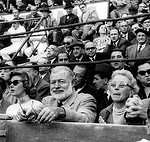
Samuelson wrote, “It seemed a damn fool thing to do, but a twenty-two-year-old tramp during the Great Depression didn’t have to have much reason for what he did.”

Drum roll: the list is:


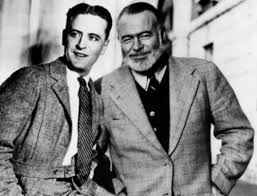






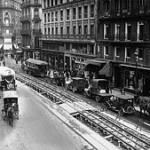
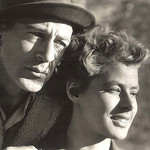
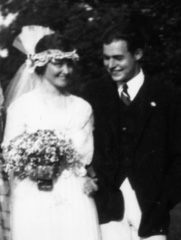 in the offing.
in the offing.
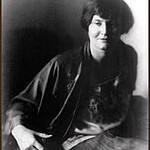

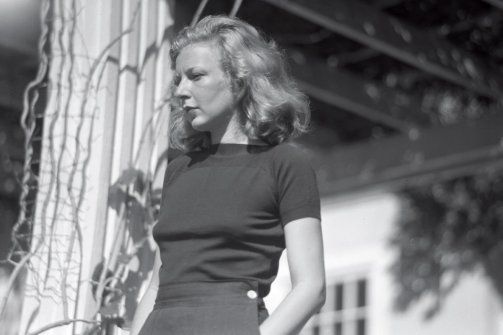 had short, swept back curly blond hair that framed her face.
had short, swept back curly blond hair that framed her face.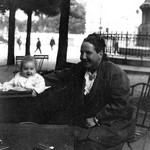

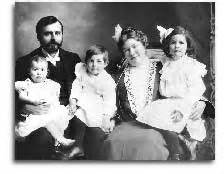 . On occasion she called him Ernestine until he was about 6-years old. At that point he rebelled and demanded a hair cut and boy’s clothes as well as to be called by his real name. We can get psychological about the implications .
. On occasion she called him Ernestine until he was about 6-years old. At that point he rebelled and demanded a hair cut and boy’s clothes as well as to be called by his real name. We can get psychological about the implications .





